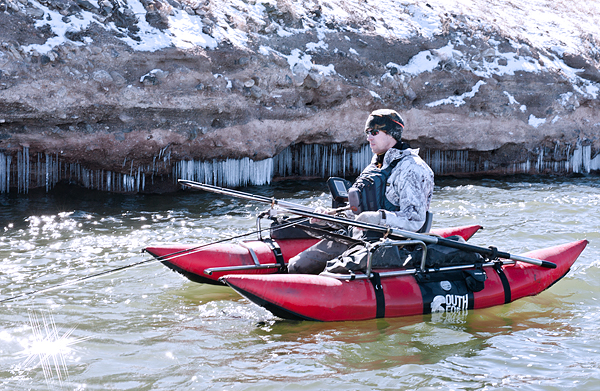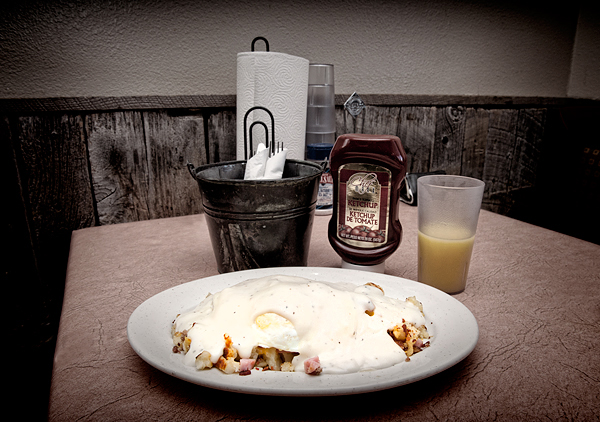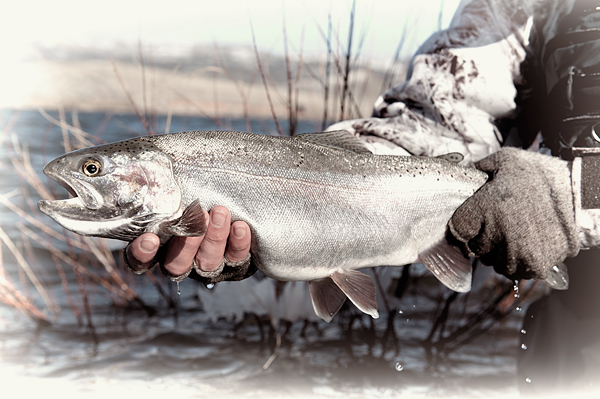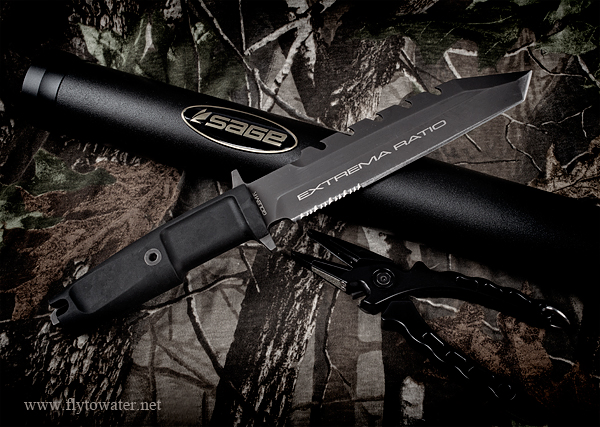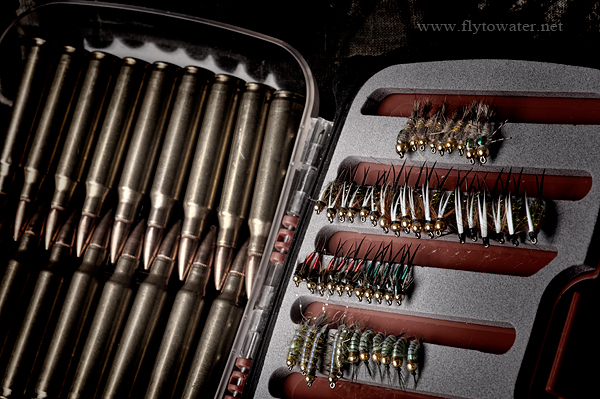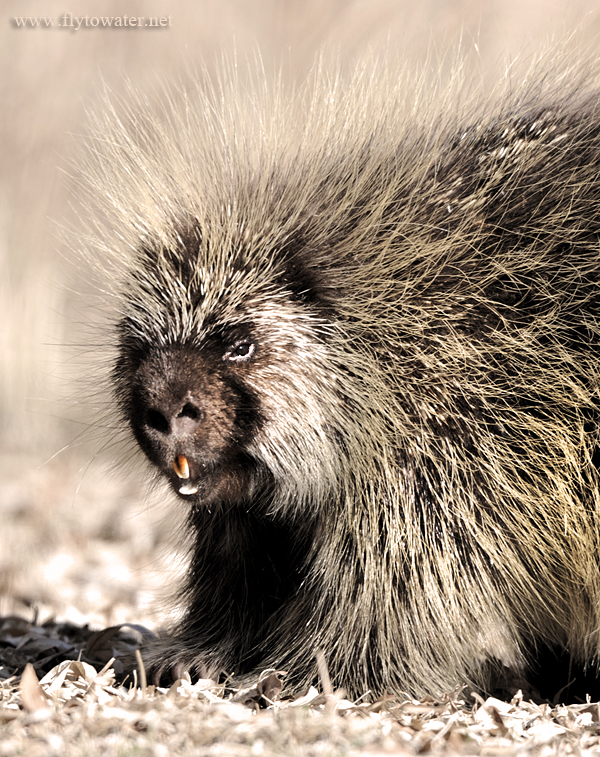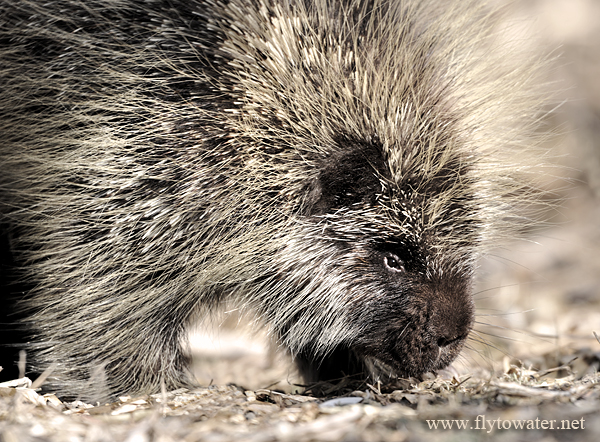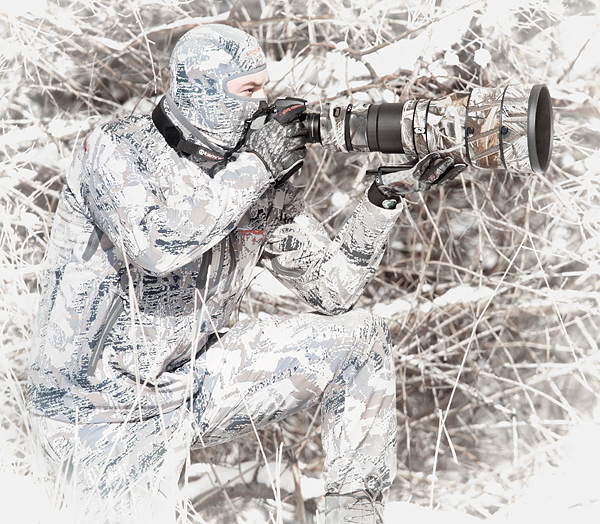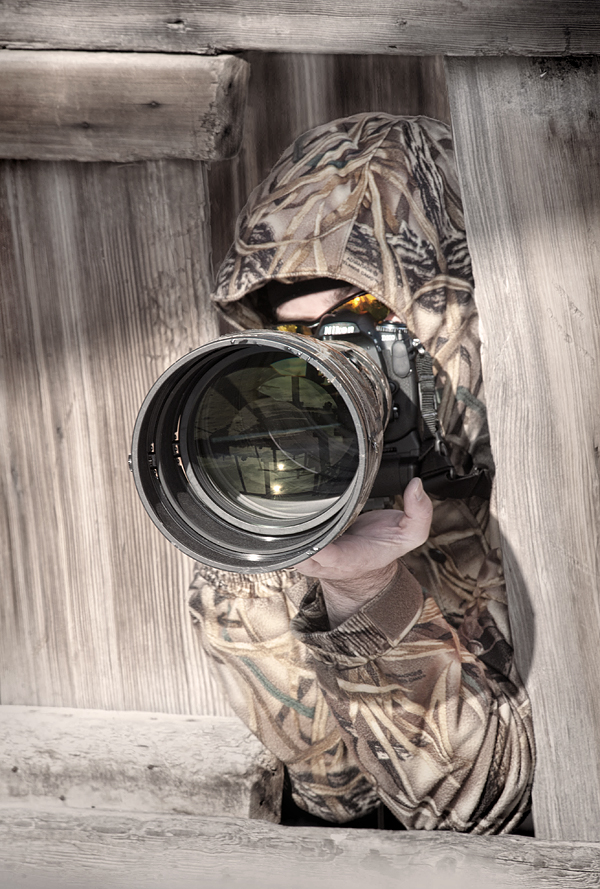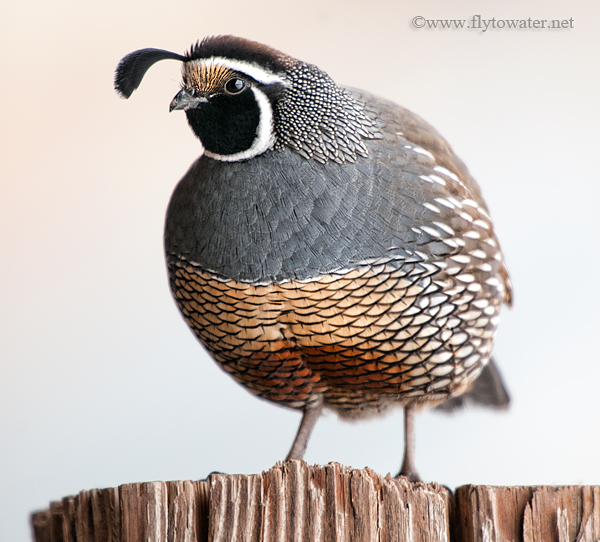As Fly to Water alertly reported in our last installment, the world is anxiously awaiting events foretold by the ancient Mayan civilization in late 2012: Announcement of the Nikon D400 SLR.
In the meantime we all need to find constructive ways to occupy ourselves, which is why I am now threatening to demystify camera controls in part 2 of this wildly popular feature that has been read by not less than 1 resident of Gilbert, Arizona.
The main functions of a modern digital camera are difficult to understand due to: Math teachers. Individuals identified through psychological examination as having a certain moral indifference will often select a career in mathematics. It's not easy to fathom, but during key formative years children K-12 are exposed to fractional numbers. No one knows why math has been chosen to blight an otherwise pleasant educational experience, but apparently it's been happening since the days of Peking Man. Well into adulthood such trauma is often repressed, and fractions are avoided.
Aperture and shutter speed values, being fractional numbers, create unsavory flashbacks to things like reciprocals, numerators, and denominators. Happily, it's all pretty easy stuff when you boil it down - much as the
Frobenius Method simplifies finding an infinite series solution for a second-order ordinary differential equation of a given form.
Images are destinations, and cameras are the vehicles that take us there. Just like a car, there are only a handful of really important controls that will come into play with high frequency.
A – Aperture: Controls Depth of Field. Settings are fractional numbers called f/stops. The smaller the number, the larger the aperture. In other words, ½ or f/2 is a bigger aperture than ⅛ or f/8. Settings such as f/2, f/3.5, or f/4 are large, while small apertures are f/16, f/22 etc. Large apertures give you shallow depth of field where the subject is in focus, but everything else is not. Small apertures give deep depth of field (both foreground and background in focus). Use large apertures for portraits where you want only the subject to be in sharp focus. By contrast landscape images require both the foreground and background to be clearly visible, so you want to select a small aperture.
S – Shutter Speed: Controls Motion. Fast shutter speeds freeze motion, slow shutter speeds blur motion. Use this setting when you have a moving subject. For sports, shutter speeds of 1/500 will freeze motion, while 1/100 will blur the action. Capturing fast-moving subjects like birds in flight requires shutter speeds of 1/1000 or faster. You can also employ very slow shutter speeds (1/4, 1/8, 1-sec) to intentionally blur moving water. To use very slow shutter speeds, you also need to stabilize your camera on a tripod.
M – Manual: Aperture and Shutter Speed are Controlled by the Photographer. Use this setting when you need precise control of both depth of field and motion. Manual mode has a wide variety of highly applicable uses depending on your own personal style. I use it extensively when employing off-camera lighting, as one example. It's less intimidating than you might think because most cameras have a bar chart on the display that tells you if the image is over/under exposed. All you have to do is center the exposure and adjust as needed.
AUTO MODE/CAMERA CASTRATION: As with seemingly all modern electronics, many fine efforts have been made to allow the equipment to make decisions for the user. These days Auto/Program modes do a great job of evaluating a scene and recommending a proper combination of aperture and shutter speed to expose the image correctly. The problem is that the camera has no way of knowing what the creative intent of the photograph is supposed to be. Going straight to the point: If you want to improve your imagery - forget Auto mode. Take control of the tool, and make conscious decisions in order to obtain intentional results as opposed to guesswork.
WB - White Balance: Cameras need to know what is neutral (gray) in order to correctly interpret colors. This control probably should have been called something like "color balance" but as you can see we are sticking with confusing terminology throughout. Here's the bottom line: If you don't like the way colors are looking on your LCD, you probably need to adjust the white balance. Once you understand this principal it seems very intuitive. When someone is standing in the shade, there are more blue tones present. In direct sunlight, tones are warmer with more reds and yellows. Many cameras do a very good job of automatically determining what the WB should be, but it's a setting that can also be used creatively. Using a shade white balance (adding red) to photograph Southern Utah red rock landscapes is one example. The following modes are probably present on your camera. Use them and see what they do:
Probably the most valuable book I read in the early going on this topic was
Understanding Exposure by Bryan Peterson. It's about $17 bucks in hard copy, and simplified several concepts that had previously seemed hazy to me.











